Alumni
To Make Greener Buildings, Try Innovating around the Edges
The building industry is slow to change. But three Yale alumni are finding ways to make changes on the margins and in the process offer solutions that aren’t easy to ignore.

Transforming Energy Infrastructure
We talked to Elliott Mainzer ’98, who recently began a role overseeing California’s electrical grid, about the progress he’s witnessed and the challenges that remain in creating a fully sustainable energy network.

Connecticut Governor Ned Lamont
A year into his term as governor of Connecticut, Ned Lamont ’80 found himself with a new agenda: responding to the state’s outbreak of COVID-19, one of the first and most severe in the country. We talked with him about the partnerships he formed to bring down Connecticut’s infection rate and the risks that lie ahead.
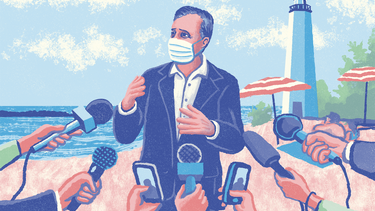
Adapting Primary Care to a Pandemic
Dr. Frank Ciminiello ’19 explains how his medical practice has reconfigured to safely meet patients’ needs.
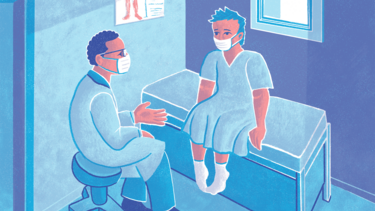
How Cash Bail Creates a Two-Tiered System of Justice
Kaitlin Koga ’17, chief of staff for the Bail Project, argues for an alternative to bail that she believes would deliver more equitable justice and improve public safety.

Repurposing with a Purpose
David Browning ’99 explains how a nonprofit doing coffee sustainability verification became a source of crucial public health data.
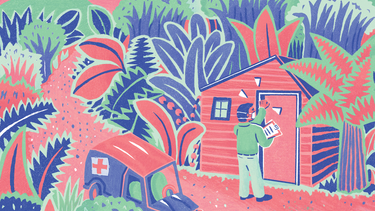
A Climate for Change
Judy Samuelson ’82, executive director of the Aspen Institute’s Business and Society Program, explores whether this cataclysm will trigger lasting change.
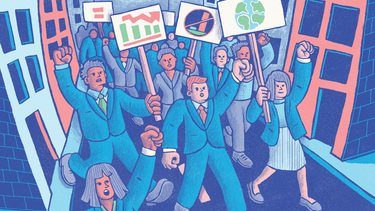
Lessons from Past Pandemics
Matt Walton ’78, an entrepreneur whose emergency management software was used to direct responses to past pandemics, examines the cost of lessons not learned.

The Borderlessness of Tech-Driven Media
Dayo Olopade ’15, a lead for film and television partnerships at Google, discusses the global disruption of production, distribution, and consumption of media around the world.
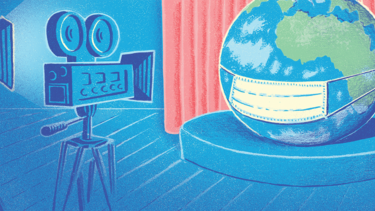
The U.S. Army Adapts to the Pandemic
Richard Kidd ’93, who serves as deputy assistant secretary of the army for strategic integration, explains how the U.S. Army has responded to the COVID-19 crisis and the lessons we can learn from the experience.
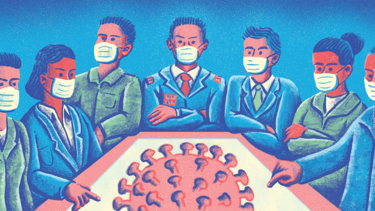
Buying and Selling Steel as the Global Supply Chain Frays
Bill Hutton ’83 describes how a U.S. manufacturer is adapting to pandemic lockdowns and seesawing supply and demand across a global supply chain.
